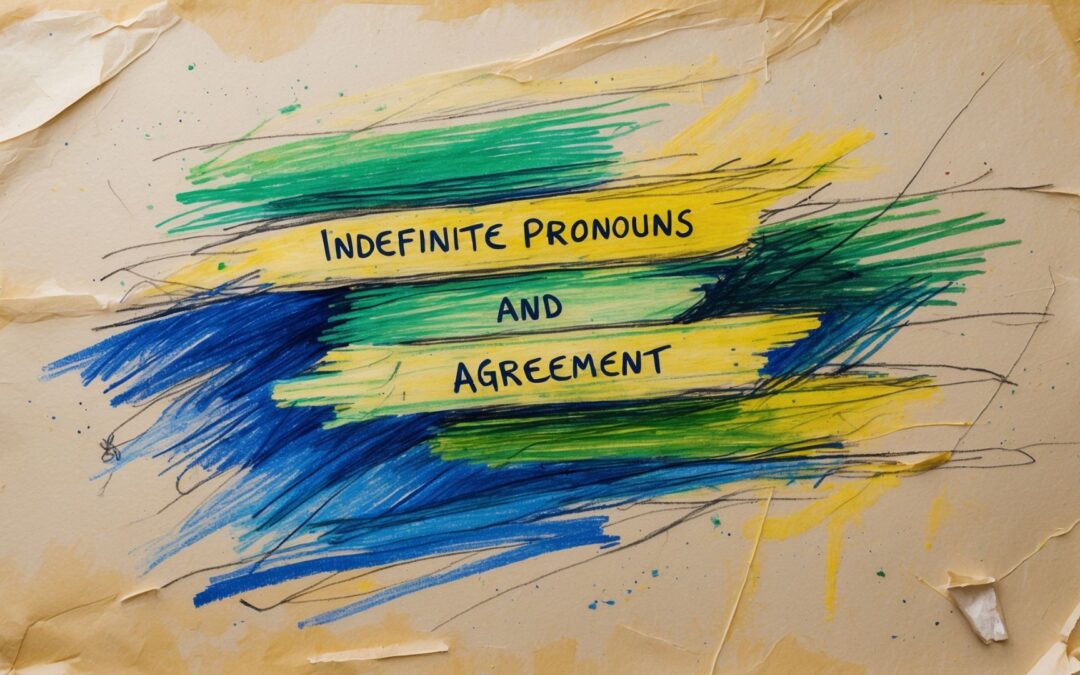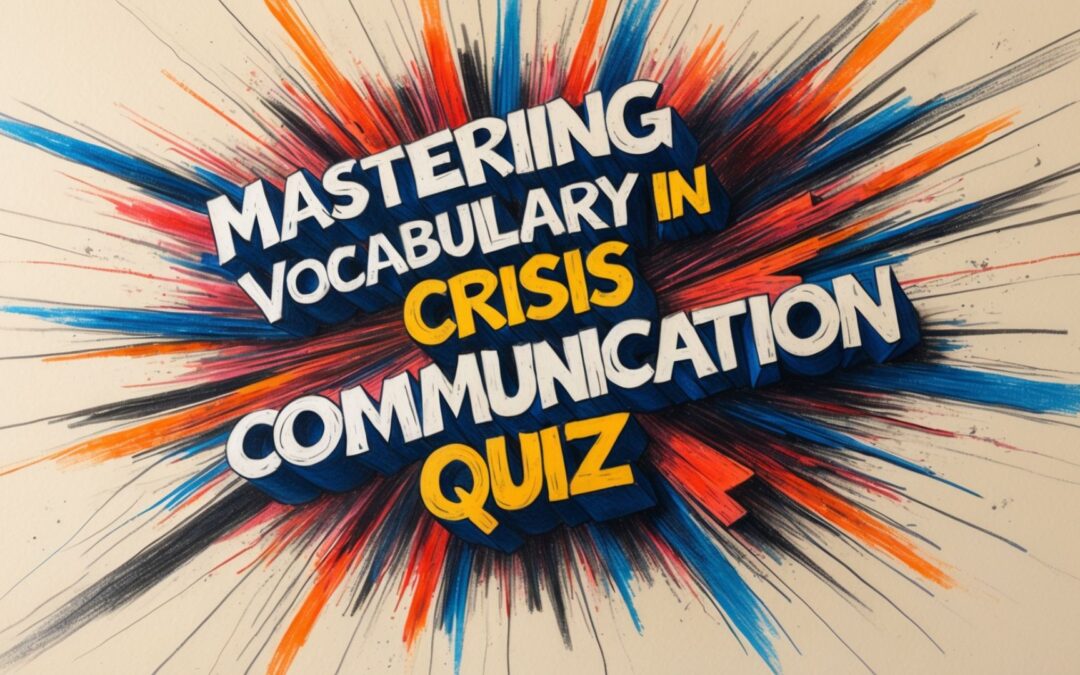Focus on Grammar: Countable and Uncountable Nouns
Welcome to the grand arena where the grammatical gladiators of the English language, countable and uncountable nouns, face off in an epic showdown. As we pull back the curtains on this dazzling display, worry not! You won’t need a calculator or a scale, but a keen eye, an open mind, and perhaps a snack (popcorn is countable, by the way).
So, let’s jump right into the thick of things with our first contender: countable nouns. These are the ones you can count (no surprises there), just like the endless list of chores waiting for you at home. Whether it’s apples in a basket or the number of times you hit the snooze button, if you can slap a number on it, it’s countable.
Now, picture yourself at a store. You’re not just buying “bread”; you’re getting two loaves of bread. Those shoes you’ve been eyeing? You’re about to snag three pairs. And those delightful little kittens in the pet store window are countable too—although good luck stopping at just one.
Enter the enigmatic world of uncountable nouns, as elusive as your cat during bath time. These are the nouns that defy counting. Try counting “milk”, “advice”, or “motivation on a Monday morning” – sounds like a wild goose chase, doesn’t it? They are the unsung heroes (or villains, depending on how you look at it) that refuse to be quantified but insist on making our sentences whole.
Imagine telling someone you have “three furnitures” in your living room. Cue the raised eyebrows and hushed giggles. In the grand ballet of grammar, “furniture” is uncountable, much like “patience” during a traffic jam or “luck” in a lottery.
And just when you thought you had a grip on this, English, with its notorious reputation, throws in a curveball. Some nouns, as slippery as an eel, can be both countable and uncountable, changing their meaning as swiftly as a chameleon changes its colors. Take “coffee” for instance. It’s uncountable when you’re groggily mumbling about needing “more coffee” in the morning. But it magically becomes countable when you’re bragging about having “three coffees” lined up at different hip cafes.
Let’s indulge in an experiment. Picture “hair.” When you’re lamenting over having “much hair” on your head, it’s uncountable. But if you find three distinct hairs in your soup (a terrifying thought, admittedly), suddenly, hair becomes as countable as the number of times you’ll be visiting that restaurant again (which is zero, presumably).
The plot thickens with quantifiers – the trusty sidekicks that help us navigate the tumultuous terrains of countable and uncountable nouns. ‘Many’, ‘few’, ‘several’ – these are the guardians of the countable realm. Venture into the mystical world of uncountable nouns, and you’ll be greeted by ‘much’, ‘little’, and ‘a lot of’ – the gatekeepers that refuse to let numbers pass but are generous with quantity.
Why, you ask, is it pivotal to distinguish between these two types of nouns? Well, besides saving oneself from the raised eyebrows and silent judgments of the grammar aficionados, it’s about clarity, precision, and the subtle art of making sense.
Envision a world where “advice”, “sand”, and “happiness” are countable. You could potentially be juggling seven different happinesses while sifting through a dozen sands and considering five advices. Sounds like a scene straight out of a linguistic horror movie, doesn’t it?
In the professional sphere, imagine penning a report stating, “We have made several progress this quarter.” Your credibility might just take a nosedive steeper than the stock market on a bad day.
As we weave through the symphony of life, countable and uncountable nouns aren’t just grammatical concepts—they’re the threads that stitch our expressions, conversations, and narratives into coherent, intelligible, and (hopefully) error-free tapestries of communication.
As you journey through your day, counting the enumerable and appreciating the uncountable, remember, every “apple” counted and every drop of “water” uncounted is a step closer to mastering the enigmatic, whimsical, and utterly delightful dance of the English language.
So the next time you find yourself pondering over whether to use ‘fewer’ or ‘less’, or wondering if “cheese” can indeed be counted, pause and tip your hat to the silent architects of language – countable and uncountable nouns – the unsung heroes that ensure our sentences, like our meals, are wholesome, balanced, and just the right kind of flavorful.
Importance and Application in Everyday Life
It’s akin to setting the stage before the grand performance, ensuring every actor knows their role, every prop is in place, and every light is perfectly angled. The comprehension of countable and uncountable nouns isn’t merely an academic pursuit but a foundational aspect of effective communication. In every sentence we utter and every message we pen, the silent choreography of these grammatical elements shapes our expressions, rendering them coherent, impactful, and tailored to the listening ear or the reading eye.
In the intricate dance of daily communication, countable and uncountable nouns aren’t just passive participants but active shapers of meaning. Imagine relaying a recipe without distinguishing between ‘two eggs’ (countable) and ‘some milk’ (uncountable). The resulting culinary concoction could range from a delightful cake to an inedible mystery.
In professional circles, the mastery of these grammatical nuances elevates communication from a mere exchange of words to an artful conveyance of ideas, insights, and information. It’s the subtle difference between ‘offering suggestions’ (countable) and ‘providing assistance’ (uncountable), each carrying its distinct shade of meaning, tone, and implication.
Steps for Further Exploration:
- Daily Journaling: Encourage learners to maintain a journal where they write daily entries while consciously using countable and uncountable nouns. It’s not just about writing but reflecting on the usage, ensuring conscious application.
- Reading and Observation: Read extensively. From novels to newspapers, every piece of well-written content offers insights into the appropriate use of these nouns. Pay close attention to sentence construction and the use of quantifiers.
- Interactive Learning Apps: There are numerous apps designed to make grammar learning interactive and fun. These apps provide real-time feedback, allowing learners to correct mistakes and understand concepts better.
- Join Online Forums: Engaging in online forums and discussion groups can be a helpful resource. Learners can ask questions, participate in discussions, and gain insights from a broader community.
- Seek Feedback: Encourage writing and seek feedback. Whether it’s through blogging or writing essays, getting feedback helps in understanding mistakes and improving.
In the tapestry of communication, countable and uncountable nouns weave intricate patterns, each lending depth, clarity, and precision to our expressions. Mastering them isn’t just a grammatical achievement but an elevation of our communication, ensuring that every word, sentence, and message is not just heard or read but resonates, impacts, and lingers.











0 Comments